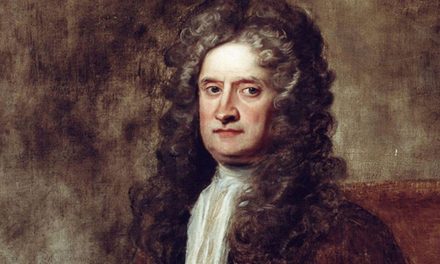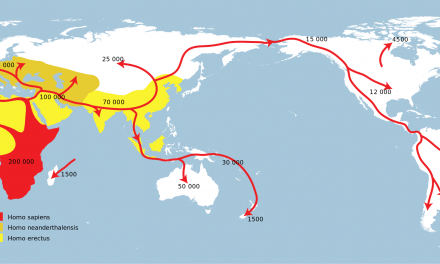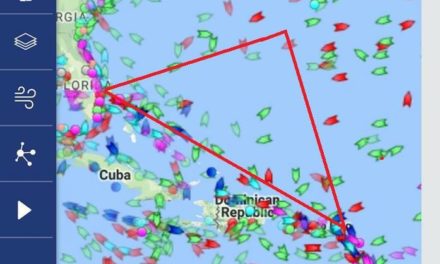The study of energy is called thermodynamics. Unlike Newton’s laws of motion, the laws of thermodynamics did not spring fully formed from one mind. Rather, these ideas emerged gradually from the work of many researchers, and it was only later that they were set down in the form we now know.
Consider two age-old questions: What is heat? And what is light? Even though heat and light are among the most tangible of all physical phenomena, their origins are among the most subtle and difficult to deduce. Their understanding arose from the abstract concept of energy. The definition of energy requires the new concept, work, which has a very specific meaning in physics. Work is expended when a force causes a body to move through a distance: work equals force times distance. The unit of work is the joule, defined as a force of one newton exerted over a distance of one meter (a newton-meter). In the English system, the associated unit of work is the foot-pound. Energy is the ability to do work–the ability to exert a force over a distance. Energy is a measurable attribute of physical systems but, unlike mass or motion, it has an intangible quality.
Energy was difficult to recognize and describe, in part because it can adopt so many different forms. There are many ways to exert a force over a distance. Even so, three forms of energy–kinetic, potential, and waves–have long been recognized for their ability to do work. The most obvious form of energy is the ability to do work or carried by objects in motion–kinetic energy. The kinetic energy of any object can be calculated from its mass and velocity. force equals one-half of the mass times the velocity squared or: F=(½)(mv2)]. This equation allows us to calculate the relative energy of a car traveling at different speeds.
Many natural systems store energy, called potential energy. The most obvious form of potential energy is due to gravity—the stored energy of water behind a dam or the weight of a grandfather clock. Other common forms of potential energy are chemical energy (in gasoline and food), electrical potential (in batteries and your wall outlets), magnetic potential (in a refrigerator magnet), and elastic potential (in a tightly stretched rubber band).
Waves represent an efficient form of kinetic energy, in which energy can be moved long distances with only small movements of mass. Sound waves transmit energy in the air. Waves at the surface of the ocean can carry energy across thousands of miles. Earthquakes can transfer immense amounts of energy and cause devastation to inhabited areas.
It took much longer to discover three additional, far more subtle forms of energy: heat, light, and mass. The nature of heat was a matter of intense debate for centuries. Many noted scientists, including the influential French chemist Antoine Lavoisier (1743–1794), favored the caloric theory, which described heat as a massless fluid that could flow from object to object.
The debate was ultimately resolved by the American-born inventor, Benjamin Thompson (1752–1814), known as Count Rumford. Rumford had always been fascinated by the phenomenon of heat, and he conducted many studies to improve its use in everyday life. His invention of the modern style cook stove and fire place gained him fame and a degree of wealth. Rumford was appointed commandant of police in Bavaria, where one of his duties was to oversee the manufacture of cannons. Rumford noted the unremarkable fact that boring cannon produced heat. Rumford realized that the heat was produced by friction—mechanical action.
Another form of energy is radiation–light traveling 186,000 miles per second. The principal source of energy at the Earth’s surface is radiation from the Sun, which travels across the vacuum of space.
Finally, one of the defining discoveries of modern science was Albert Einstein’s recognition in 1905 that mass is also a form of energy, according to the familiar equation, E = mc2, where c is the speed of light.
Scientists hold a firm belief that the universe possesses deep order. An extension of this conviction holds that matter is neither created nor destroyed. Once the many forms of energy were catalogued, scientists wondered whether energy, too, might be conserved. As an illustration of nature’s myriad energy transfers, we can follow the chain of energy of everyday events. Riding a roller coaster provides a classic example. As the coaster crests that hill and starts its downward plunge, gravitational potential is converted to kinetic energy, and so on. Your car stores chemical energy in the form of gasoline, which represents ancient energy from the Sun. That energy eventually becomes kinetic energy of the car and heat in the engine.
The First Law Thermodynamics, and the net energy of the Universe







